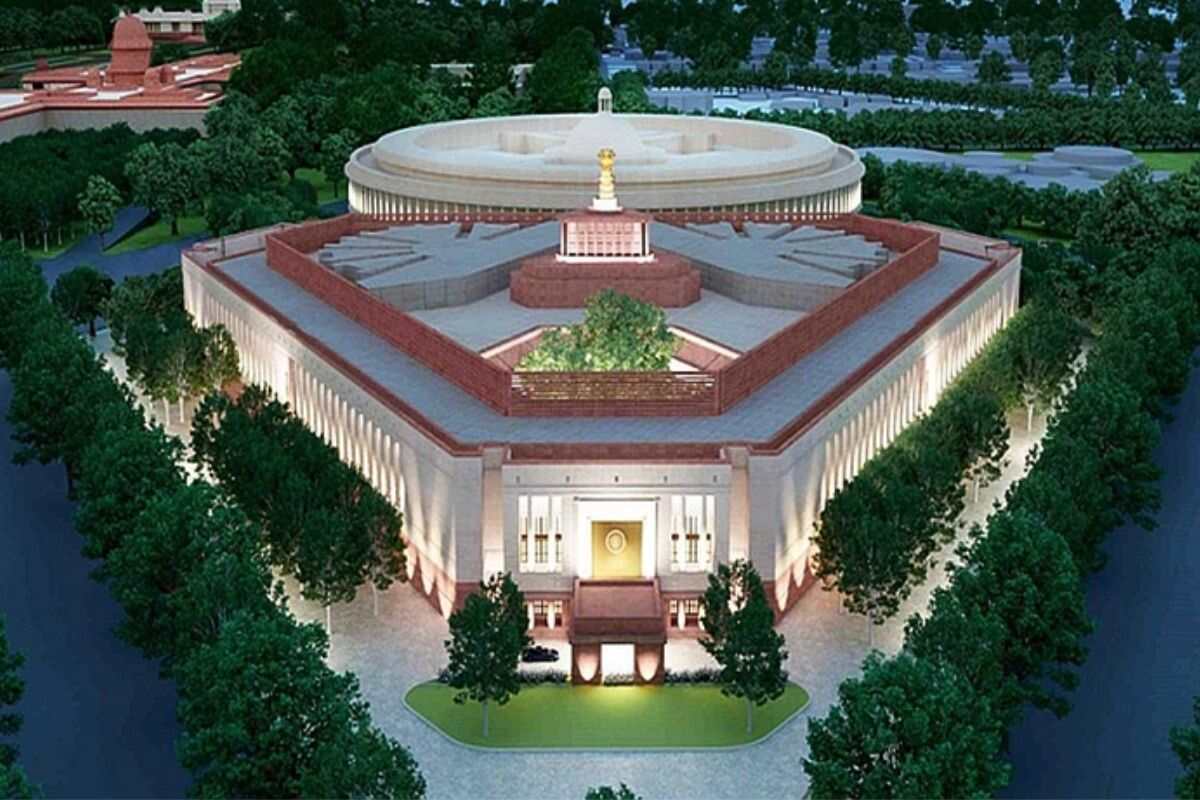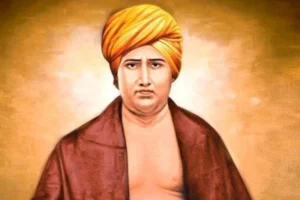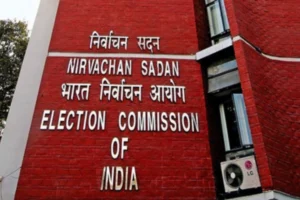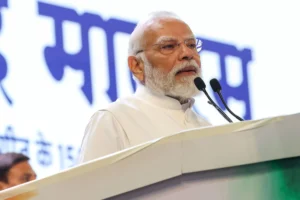
All-Party Meet Convened Ahead Of Budget Session
The inauguration of the Parliament’s proceedings in the new building on the auspicious occasion of Ganesh Chaturthi is no mere coincidence. The new Parliament building symbolizes a nation stepping into a new era with renewed energy and zeal. This shift mirrors the evolving mindset of a modern India. The new Parliament is more than just a structure; it represents the core where Indian democratic traditions will continue to flourish.
The new Parliament building embodies the principles of self-reliance and freedom in the world’s largest democracy. Spanning 65,000 square meters, this triangular edifice reflects the aspirations of 1.4 billion Indians. The unwavering faith of the Indian populace in democracy, despite its challenges, stands as a foundational pillar of contemporary India. The historic commencement of proceedings in the new Parliament building was punctuated by numerous affirmations of this faith. For instance, PM Narendra Modi’s decision to rename the historic old Parliament as “Samvidhan Sadan,” or the Constitution House, underscores the Prime Minister’s dedication to preserving India’s democratic heritage.
As India progresses, the new Parliament House stands as a beacon of modernity and advancement. In contrast, the ‘Constitution Hall’ will forever symbolize the nation’s deep-rooted democratic traditions and its unwavering commitment to the principles within its Constitution. This designation honors history and bridges future generations to the visionary leaders of the Constituent Assembly. When the Prime Minister walked from the old Parliament House to the new, carrying a copy of the Constitution crafted by these pioneers, it undoubtedly reinforced the aspirations and hopes of billions across the country.
On this occasion, reflecting on the nation’s political heritage and honoring ancient traditions has further bolstered confidence. The mention of the sacred sengōl during the ‘housewarming’ of the new parliament building, coupled with the reference to the touch of India’s first Prime Minister, Pandit Jawaharlal Nehru, underscores both the Prime Minister’s magnanimity and India’s unwavering commitment to its democratic values and foundational principles.
With the country now boasting a new Parliament building, debates over the necessity of replacing the old one should subside. Some believe that refurbishing the original structure would have been a more resource-efficient choice rather than constructing a new edifice. Many hold the perspective that even though the old building was a British construct, it encapsulated pivotal moments in the shaping of modern India and thus merited preservation. Despite differing views, it’s undeniable that India now has a magnificent, state-of-the-art Parliament — built by Indians — that not only boasts a larger campus but also aligns well with our future needs.
Undoubtedly, the old Parliament building, constructed before independence, has witnessed numerous pivotal moments: the Indian independence struggle, the adoption of the Constitution of India, the significant legislative shifts from colonial rule to Swaraj, and many other transformative political events. However, we can’t overlook the stark reality that this building, in use since 1927, is nearing its centennial. Its conceptual origins date even further back. On December 12, 1911, during King George V’s coronation in New Delhi, Kolkata was the nation’s capital. It was during this coronation that the foundation for relocating the capital from Kolkata to Delhi was laid. Formal efforts to realize this vision began in 1921 and culminated six years later.
While the building underwent periodic renovations post-independence to meet evolving needs, there are constraints to such modifications. It became increasingly challenging to house the growing number of House members, especially with the anticipated rise following the new delimitation. The new building offers 888 seats for the Lok Sabha and 384 for the Rajya Sabha, totalling a capacity of 1,272 seats for joint sessions. Beyond seating, the new structure addresses issues with aging infrastructure, limited workspace, communication barriers, and security concerns.
The Modi government has adeptly addressed the question of the old building’s purpose following the construction of the new one. By choosing to maintain both the old and new Parliament buildings in harmonious coexistence, the government demonstrates pragmatism and efficiency, ensuring seamless parliamentary operations. Rather than razing the old building, its transformation into the ‘Museum of Democracy’ is a commendable move that will enshrine its historical relevance for future generations. Concurrently, the new Parliament building will serve as the hub of legislative activities, symbolizing the nation’s progress and development.
Hindu scriptures emphasize the transformative impact of continual chanting on a place. The old Parliament, often dubbed the ‘temple of democracy’, has resonated with the sounds of insightful debates and discussions for decades. PM Modi aptly noted that even after 50 years, visitors to the building will still sense the echoes of Indian democracy’s spirit. The onus of preserving this spirit rests with future Parliamentarians.
























